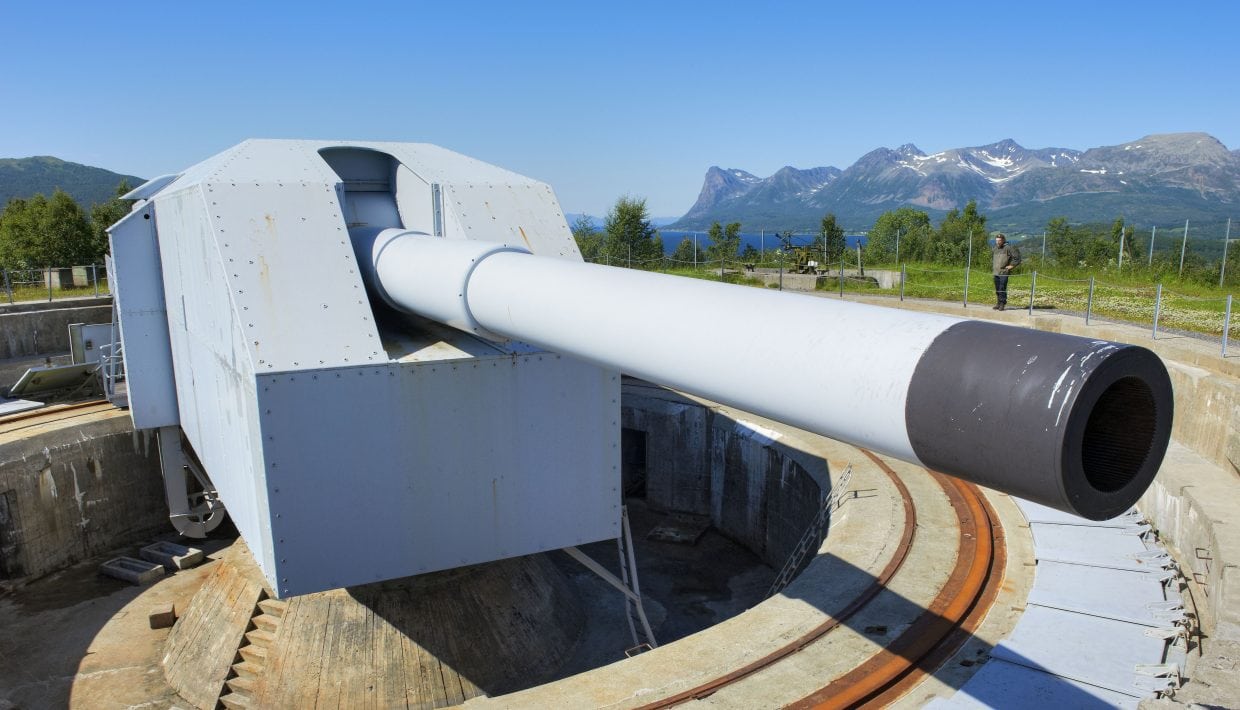
WWII heritage in Arctic Europe
The Norwegian Institute for Cultural Research (NIKU) is working on a research programme on World War II heritage, with a special focus on the northern and Arctic areas.
Conflict archaeology has, during recent years, developed towards international and interdisciplinary studies of 20th Century conflict legacies. Traces of military activity and the relics of defence installations affect socioecological systems and landscapes in the north.
During the last few years, the WWII military material culture in Norway has undergone a transformational process from local garbage to international cultural heritage. When military material culture enters the domain of cultural heritage, the interpretation and the understanding of landscape and environment is affected.
The increased value status of the WWII material culture also changes the value balance between the various resources in certain areas – between protected cultural heritage, natural resources like hydro-electrical power, wind power, land sales and the construction of mountain cabins. Historical and emotional values connected to the cultural heritage can then be converted into economic or moral values, over-riding the economic potential.
During the Second World War the north-western corner of Europe (northern Norway, Finnish Lapland, and the Kola Peninsula in Russia) became a strategically important area, with a significance that continued throughout the Cold War period.
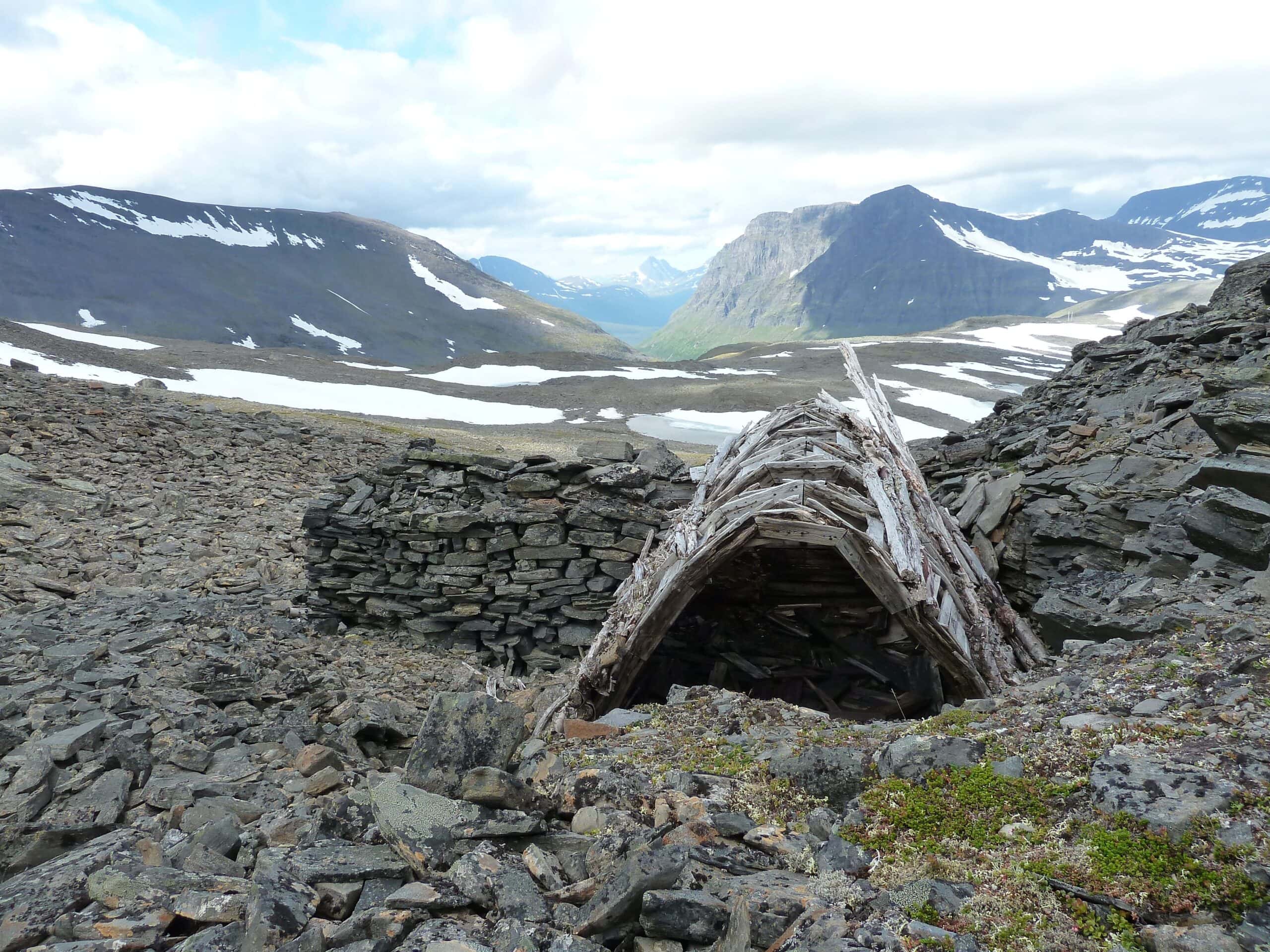
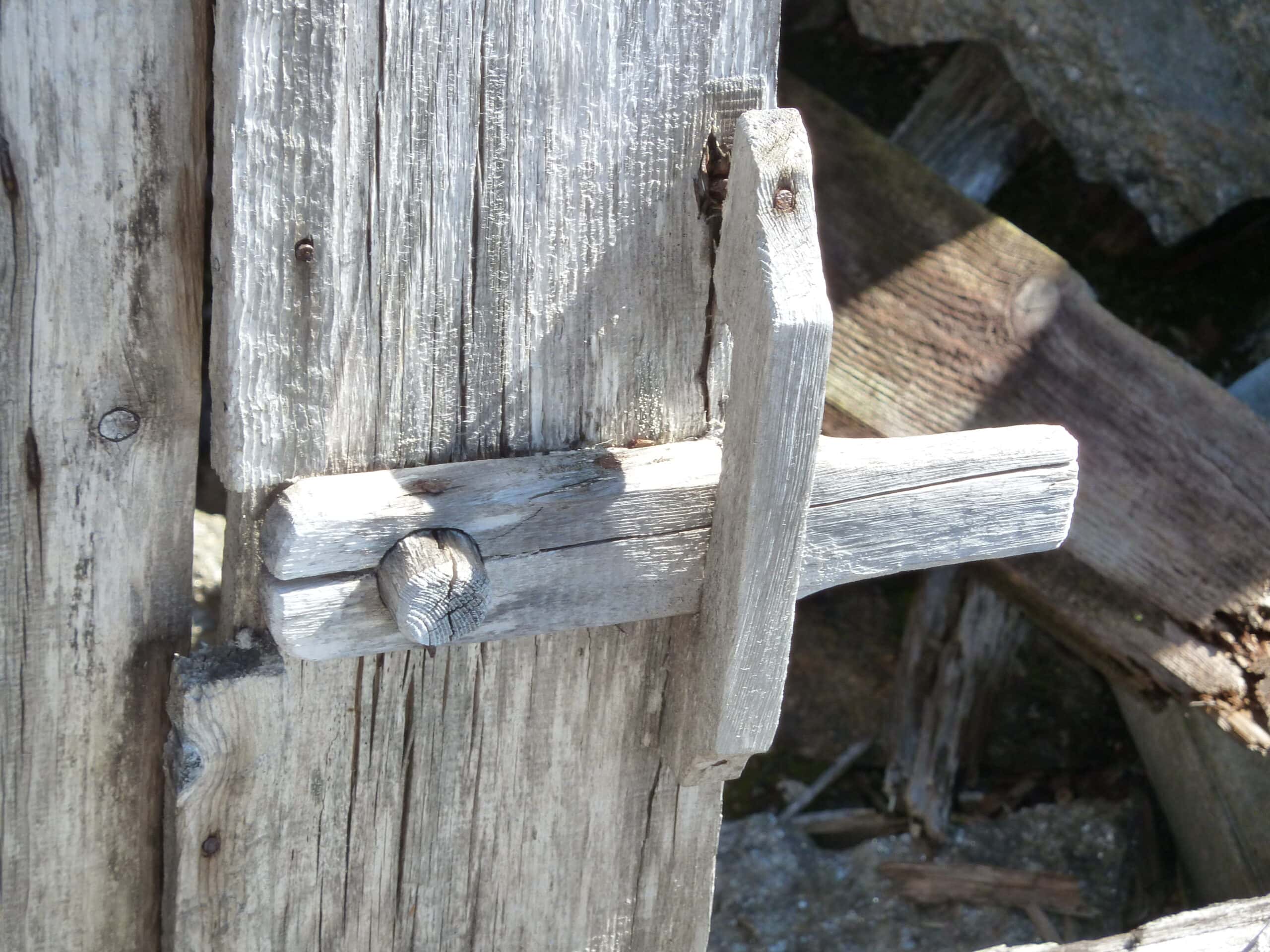
The WWII archaeological record
Military activity has left thousands of traces in the High North, most of them from the Second World War. Norway was occupied by Germany from 1940 to 1945 and, relative to the country’s population, Norway had the highest number of German soldiers of all the occupied countries in Europe, most of whom stayed in the north.
The Norwegian coast was important for the German Navy as a safe harbour for the submarines and battleships attacking the allied convoys crossing the Atlantic from the US to Great Britain and the Soviet Union.
The Germans invested in infrastructure and undertook huge military operations, including the polar railway, heavy coast batteries such as Batteri Theo and Dietl at Trondenes/Harstad and Engeløya (40.6cm ship guns), a part of the Atlantic wall and defence lines such as the Lyngen line in the mountains of Troms County. In Russia there are concentrated areas with war heritage along what was the Litza front line, and at the Polustrov Rybatsji (Fisher Peninsula).
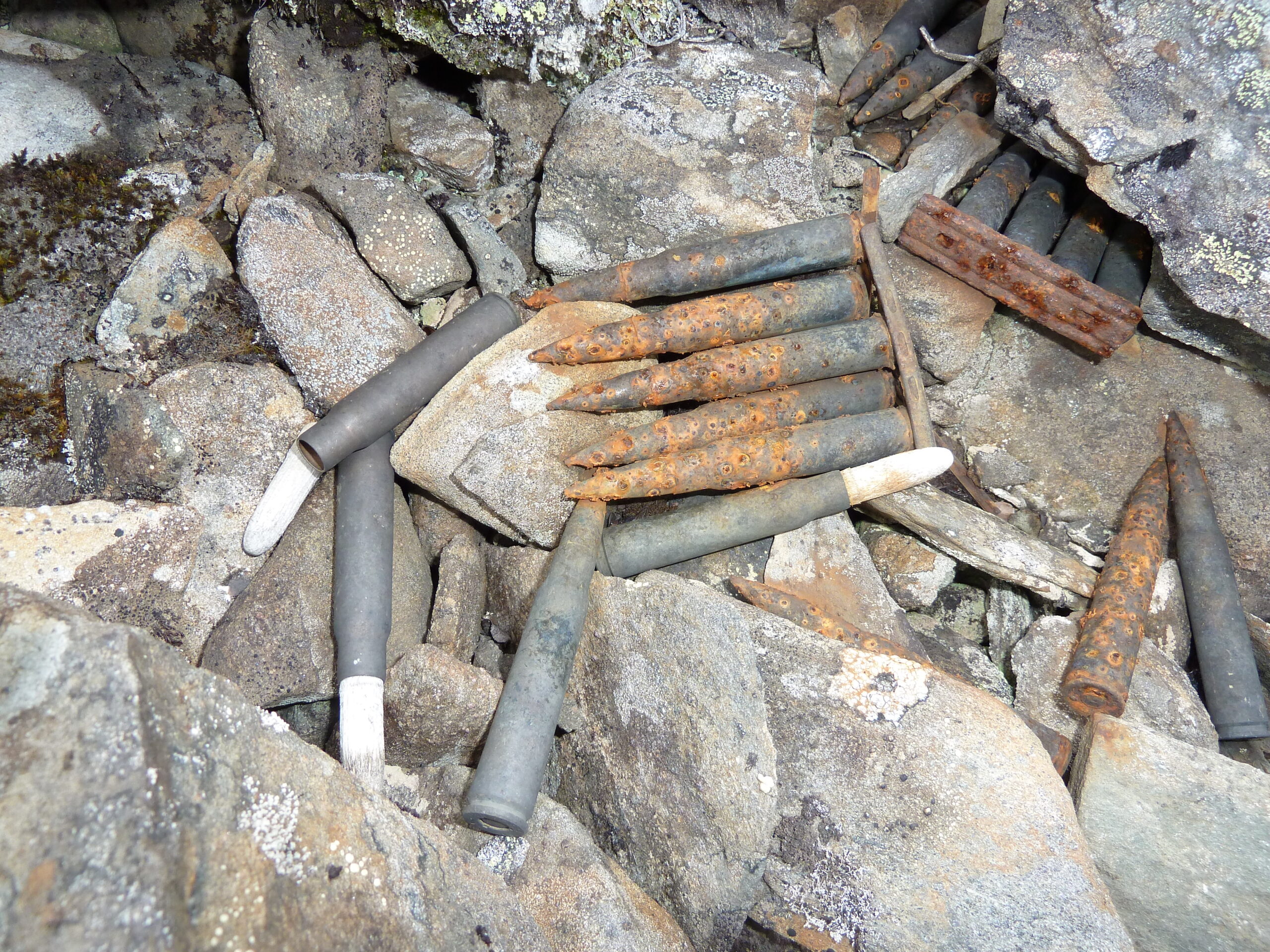
In Finland there are material remains from the Winter War against the Soviet Union (1939-40), the Finnish war against the Soviet Union (1941-44) and the Lapland War against Germany (1944-45).
During the winter of 1944-45 the population of Finnmark and north Troms in Norway, as well as a large part of Finnish Lapland, were subject to forced evacuation due to the Germans’ use of a scorched earth tactic as a defence against the Soviet Army. The intense military activity has in many places transformed the landscapes into fortresses or areas that can be defined as ‘conflict landscapes’.
There are several reasons why the monuments and material culture from WWII are well preserved. Unlike the more populated areas of Europe, the war heritage in the north is situated in sparsely populated areas with little agriculture and little industry to disturb and destroy the monuments.
The dry and cold climate is also ideal for preserving monuments. Traffic has been banned in large areas because of their military importance during the Cold War, and this has also protected some of the WWII monuments.
The remains were for a long period regarded as garbage or environmental pollution. Over the last few years, however, the garbage has gradually gone through a transformation and is now entering the domain of cultural heritage.
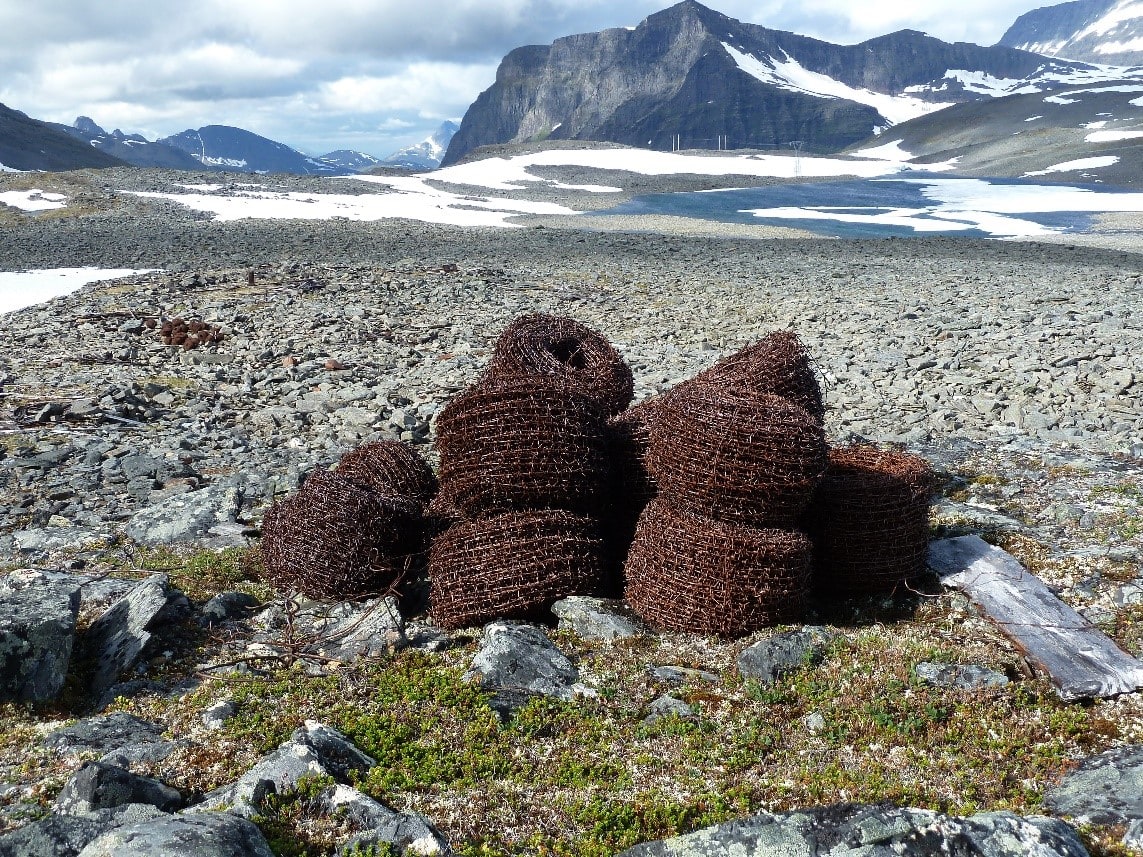
Modern material culture and heritage management
Norwegian heritage management has little experience with this type of heritage and landscape. WWII and Cold War heritage in Norway is not protected by law, and it has not been a part of the heritage management’s portfolio. This complicates the questions about ownership and who should be responsible for the heritage.
The landscapes are a part of the heritage, for instance a ‘natural’ fortress, a landscape that favours defence and complicates attack, or conflict landscapes or ‘terrorscapes’ – landscapes associated with totalitarian terror and genocide. The different layers of the landscape have conflicting values.
Case study: the Lyngen land defence line
One area of special interest is the Lyngen defence line, which was constructed by the German Army in 1944-45 as an ‘unconquerable’ fortress against the Soviet Red Army. Although it is on the Norwegian side of the border, the Lyngen line is also a part of Finnish history. An important part of the area’s archaeological record is the remains of the prisoner of war (PoW) camps, one of them a death camp. Several of the PoW camps have been surveyed.
The closeness between the camps and other monuments – gun positions, dug-inns, storehouses, roads, cable cars, etc. – is important material proof of the totality of the war, and the slave economy as a part of the German war economy. The Lyngen line can, among other interpretations, be read as a monument to the PoWs. In representing the Nazi extermination policy, it is a visible and concrete part of a painful Norwegian history, and clearly affects how the landscape and environment is interpreted.
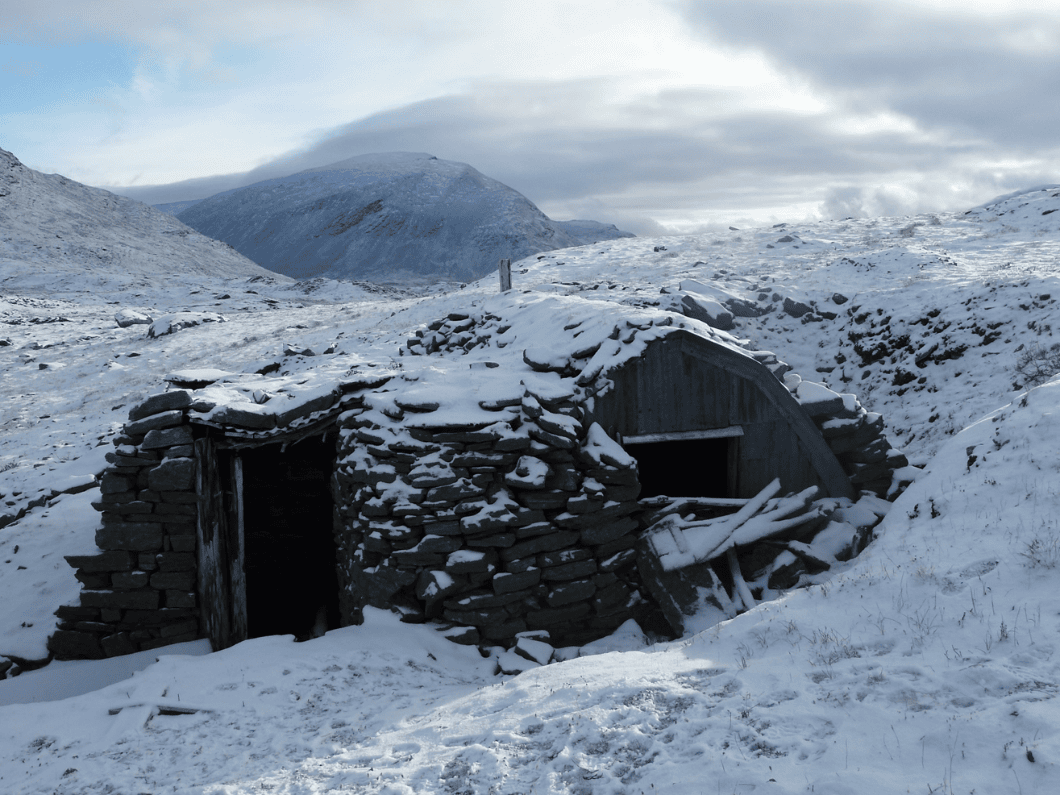
Research at NIKU
The main research topics addressed by the NIKU research programme focus on how a multi-layered landscape marked by WWII is interpreted, experienced and managed. The objectives of the programme are to:
- Explore the management of conflict landscapes and study how the altered balance of value between the different resources affects the management process;
- Explore how WWII cultural heritage competes with other resources such as hydro-electrical power, wind power, land sales, and the construction of mountain cabins;
- Explore how the increased status of the WWII cultural heritage affects local identity;
- Develop models for the management of areas with multifaceted landscapes containing resources of economic as well as emotional value; and
- Develop and refine methods for surveying WWII monuments using remote sensing.

